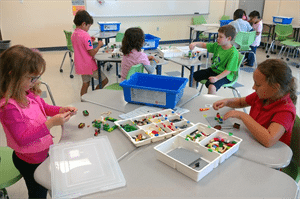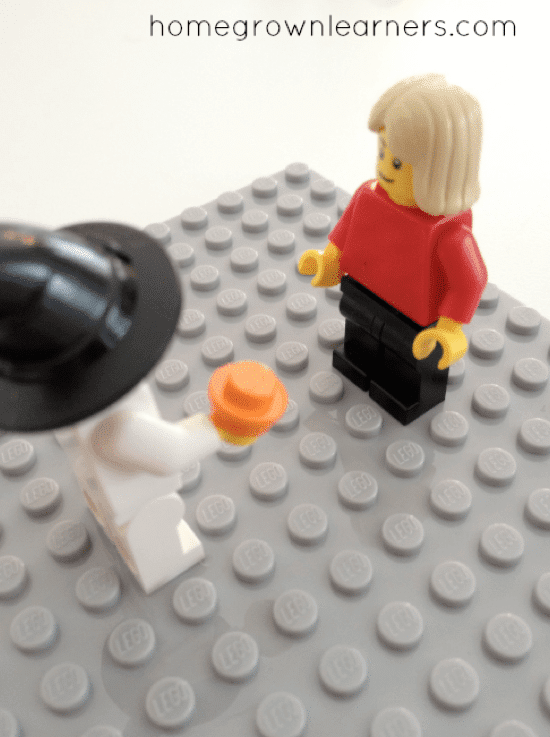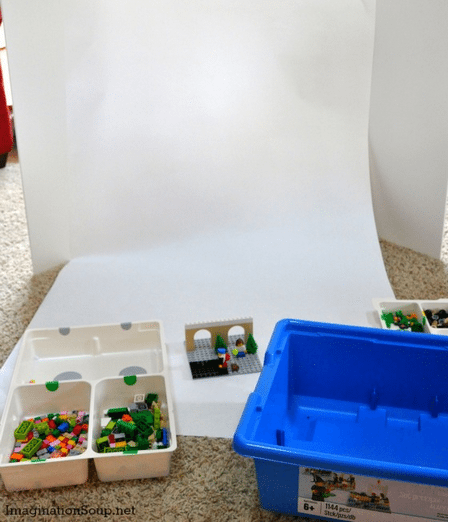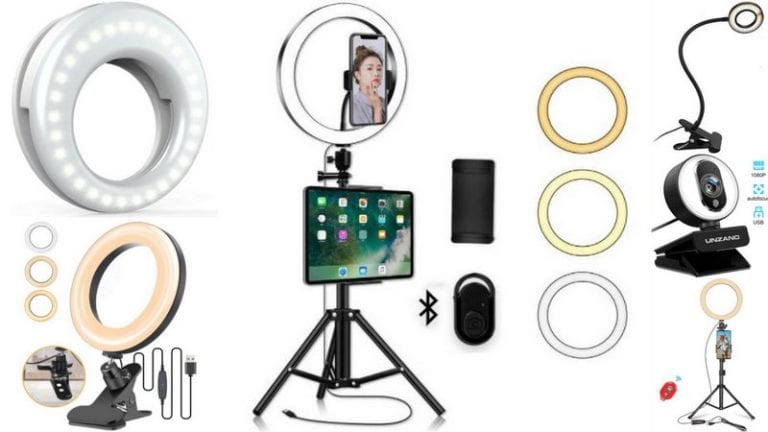It’s easy to start thinking of LEGO® bricks as the perfect tool for creative STEM lessons, but recently we’ve seen some pretty cool lessons using LEGO® bricks for things like science, English language arts and even writing. Here are some of our favorite ideas for boosting creativity and engagement in all sorts of subjects using LEGO® Education StoryStarter and some ingenuity.
(Plus: Teachers can win a class set of LEGO® Education StoryStarter—worth almost $400!—just for sharing what their ideal elementary classroom is like. Click over to enter to win and start your own LEGO® learning today.)
Here’s how Snowflake StoryStarter works in my first grade classroom:
1. Use StoryStarter to keep your lessons varied.
“I use the LEGO® Education StoryStarter curriculum as my main resource while teaching technology to K–5 students. I love the StoryStarter set and have been impressed with the level of creativity and expression students have when using the multi-purpose props that come in each set. There are many unique pieces, and students are very excited to use them all. This results in a high level of student engagement and easy classroom management since students are so eager to work on the projects with you.
Probably my favorite part about the curriculum is how each student can create something unique with every assignment (as opposed to everyone creating the same thing, such as a turkey made from a cutout of your hand, for example). It allows you to learn about the stories that are important in your students’ lives while challenging them to think deeply about their lives, experiences and opinions in a low-pressure setting.” —Jesse Douglas

2. Help struggling readers.
“I am a reading interventionist at an elementary school, and after trying out LEGO® Education StoryStarter, I applied for a grant last year to get kits in every classroom in our school. On Fridays, I use the kits with my struggling readers to teach enrichment skills, and they not only love it, they are learning so much.
“For example, last week I taught the concept that every story has a problem and a solution. My students then used StoryStarter to set up a story that demonstrated a problem and then outlined a solution. Another week, I taught sequencing, then they set up a story using StoryStarter bricks. Then they used sequencing words to retell the story and show me that they understood the skill.
“LEGO® Education StoryStarter is a great way to monitor progress and see how each individual child is progressing. And even the most reluctant readers and writers love to tell and write about the things they have built! —Diana Hahn
3. Host a summer writing camp.
“We use LEGO® Education StoryStarter kits to host a summer writing camp. The kids use StoryStarter to take a story from idea to conceptualizing to rough draft to final, published book, and they love every minute of it!” —Jason Tar

4. Use StoryStarter to get ELL students talking.
“I teach remedial reading with mostly English-language learners, and LEGO® Education StoryStarter kits have been amazing for that group! The LEGO® bricks allow them to conceptualize and think through a story before they talk, and the software and instructions guide them through the process so they can really start formulating words in English. Plus, they love it!” —T.E.
5. Use StoryStarter to teach kids summary skills.
This teacher uses LEGO® Education StoryStarter to help her second graders summarize major pieces of literature and to discuss concepts like beginning, middle and end as well as story structure. For example, in this blog post, she shows how a second grader summarized The Lion, the Witch and the Wardrobe using LEGO® Education StoryStarter bricks and software.

6. Use StoryStarter as an enriching reward.
“The digital comic-book software that comes with the LEGO® Education StoryStarter set is the perfect motivator to get students working on their typing and computer skills. I give kids the opportunity to use it as a reward for finishing work or on days when they display great behavior. They take digital photos and then arrange them into a story. They love it, and it’s an activity that requires high-level thinking skills that can be applied in multiple curricular areas.” —Jesse Douglas
7. Give your students a blank canvas for learning.
This classroom uses LEGO® Education StoryStarter bricks (against a backdrop of white butcher paper) to re-create scenes from stories and then put on a show starring their favorite LEGO® Minifigures. Get the full details on how to make this happen here.



